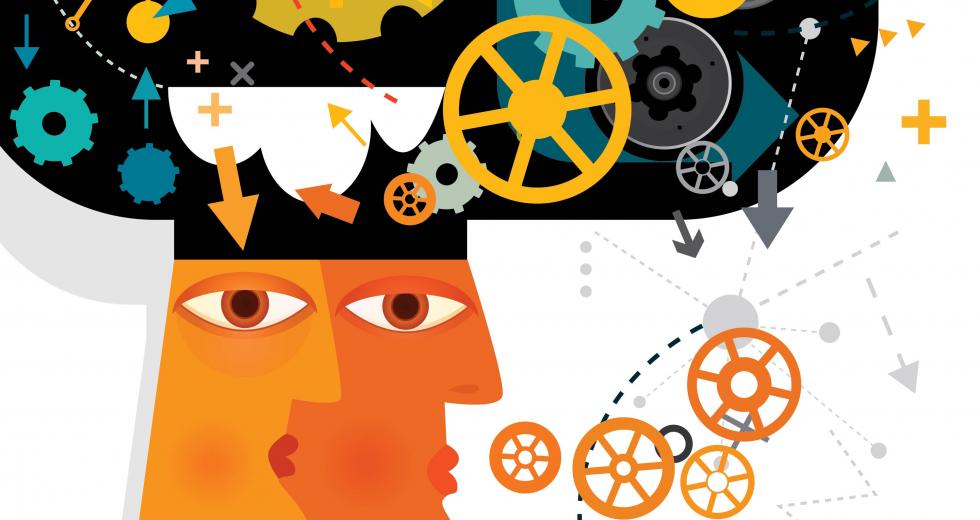By most accounts, today’s workforce is more productive than ever, suggesting that technologies meant to help us do more in less time are working.
That’s generally the case, but for many individuals it might be a different story. The onslaught of email, social media, meetings and Web-based distractions make it easy to be busy but unproductive.
For many professionals, the answer lies in auto-analytics, a wave of new technologies that help workers gather data on their health, happiness and how they spend their time and then analyze the data to help them do their jobs better.
The practice has spawned its own cultural movement, called “The Quantified Self,” as originally coined by two Wired Magazine executives. It is based on the belief that by using new tools, workers can take stock of their lives and make changes that will help them reshape behaviors, increase productivity and improve quality of life. (See quantifiedself.com for more.)
“This is a trend that’s been evolving for a long time, but it’s reached a tipping point,” says Laura Mason-Smith of Mason-Smith Success Strategies in Sacramento. “There’s such an emphasis on measurable results, and people are feeling stretched so thin that they’re looking for ways to garner more time. The technology has gotten more proficient and prolific — tools that weren’t available before are now at anyone’s fingertips.”
THE NEW TOOLS
Importantly, monitoring doesn’t automatically mean improving productivity, and with so many tools on the market, it’s hard to know where to start. Mason-Smith says the best thing to do is to get clear on what you’re trying to accomplish, figure out what you want to track and then find the tools that can get that information.
Outside work applications to manage individual diet and health have also become a popular feature of employee wellness programs. Healthy workers, it’s believed, are happier, and happy workers are productive workers.
The following list includes some of the more popular options, but it is by no means comprehensive:
RescueTime
Measures how you use your computer by tracking how long you spend
on an open window and how often you switch windows, and it spots
inefficiencies. It turns all that data into charts and graphs
that show how you spend your day and sets up protocols to help
manage time better.
StayFocused
Puts limits on how much time you can spend on “time-sucking
websites,” which you can define as anything not associated with
your job. It will also send messages when you’ve wasted too much
time and will even block access to certain sites for the rest of
the day.
By using new tools, workers can take stock of their lives and make changes that will help them change behaviors, increase productivity and improve quality of life.
WorkTime
Tracks time spent on various websites, developing documents and
performing tasks. It works with a small window in the corner of
your monitor, from which you can start and stop the clock by
clicking on a dropdown menu as you switch projects. From there it
can develop detailed reports about your work.
Lumosity
An online program for better brain health and mental performance.
It offers a variety of brain games to develop memory, increase
attention, improve creativity and develop problem-solving skills.
The UP wristband
Tracks how much and how well you sleep, and it shows how
different amounts of sleep affect your work. It also tracks steps
and distance walked, calories burned and active vs. inactive
time. The system will also ask questions (e.g. “How do you
feel?”) to assess what foods and activities make you feel best.
emWave2
Monitors your pulse to reveal which situations cause you the most
stress. From there, it provides ideas on how to reduce anxiety to
help you be calmer and thus more effective.
MoodScope
A social networking tool that tracks your moods throughout the
day, based on a series of questions. Over time, this data can
reveal which tasks you enjoy most and even whether you’re happy
in your job.
Health Month
An online game in which you follow a set of rules designed to
help you improve wellness, such as a minimum number of workouts
each week, limiting fast food stops or going to bed earlier.
Failing to follow the rules costs you “life points” in the game.
BodyMedia FIT
Measures motion and physical activity to track the number of
calories burned vs. consumed, weight lost or gained and sleep
metrics.
Zeo
Senses brainwaves to analyze the quality and quantity of your
sleep. From the analysis, it provides a “ZQ score,” which you can
input to Zeo’s online resource and get tips to improve your
sleep.
The Withings Wi-Fi Body Scale
Automatically sends weigh-ins to Twitter or Facebook and graphs
your weight, body mass index (BMI) and other metrics and makes
them instantly accessible via your smart phone or web browser.
BEING PRODUCTIVE WITHOUT THE GADGETS
Keep in mind that no one has measured whether all the time (sometimes more than an hour a day) spent plugging data into these management tools is an investment that pays off or just wastes more time. Either way, monitoring and tracking won’t mean anything without a commitment to behavioral change.
“The Titanic had all the tools and toys to monitor performance, and it still sank,” says Dr. James Wendling, president of the Wendling Group in Fair Oaks, which works with organizations to increase productivity and profitability. “The key part of good self management is disciplining yourself to work only on things that make the greatest difference in your life.”
Recommended For You

Rational Approach
Managing mental health in the workplace
A few years ago, Troy Underwood noticed a problem with one of his accountants. The man’s work performance and personal appearance had deteriorated, he talked constantly on the phone with his children and agonized about his domestic life.




